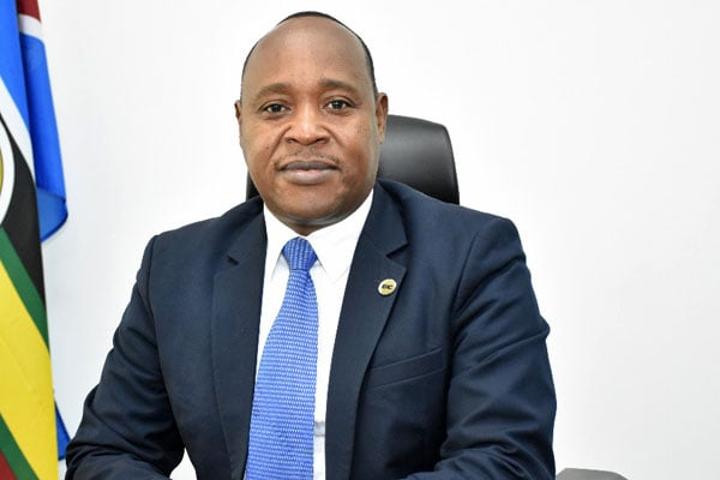Africa-Press – Uganda. The East African Community (EAC) will this year pronounce itself on where its central bank will be headquartered, the bloc’s secretary general has formally assured. Speaking to journalists in Machakos, Kenya, Dr Peter Mathuki last weekend revealed that the dice will be cast on the location of the East African Monetary Institute (EAMI).
“The EAMI will be in place this year in what will allow us harmonise member states’ fiscal and monetary policies, then in about three years we will have a common currency in place,” Dr Mathuki revealed.
The monetary union, which according to the bloc’s website “provides for the attainment of a single currency for daily transactions within the common market”, is the third pillar of integration. It is preceded by the customs union and common market. The latter sets out to eliminate non-tariff barriers (NTBs) to intra-regional trade.
Dr Mathuki told journalists last weekend that as many as 257 NTBs have since 2007 “been cumulatively resolved” as the bloc looks to make the most of its 300 million-strong population.
Last week, Mr Ramathan Ggoobi—the permanent secretary in Uganda’s Finance ministry who also doubles as the country’s secretary to the Treasury—revealed in a tweet that NTBs on Ugandan exports to Kenya were removed. This came in the wake of the courtesy call he paid to his Kenyan counterpart, Dr Chris Kiptoo.
“[We] agreed to focus our nations to doing industrial policy at regional level as opposed to engaging in unnecessary [and] costly competition,” Mr Ggoobi tweeted.
Neighbours Uganda and Kenya have had a classic love-hate relationship when it comes to trade. Despite a 35 percent tariff on the fourth and maximum common external tariff for East African Community members being adopted last year, Kenya announced a ban on importation of goods it can manufacture locally—particularly steel and iron products. Previously, it was locked in trade tiffs with Uganda over poultry and milk products.
If a hatchet was truly buried thanks to Mr Ggoobi’s courtesy call that Dr Kiptoo disclosed involved “great discussions [around] strengthen[ing and] deepen[ing] the bilateral relationship between Kenya [and] Uganda”, the bloc will hope for no tiffs once the EAMI host nation is made known. Yet again. When Tanzania set out on a victory lap after it initially appeared to have emerged as best candidate in the EAMI race, the news was greeted with horror and dismay. Not least in Uganda, which flat out rejected a verification report by a select committee of the East African Community’s Council of Ministers that proposed the establishment of the EAMI headquarters in Arusha, Tanzania.
Uganda’s bid
Ms Rebecca Kadaga, Uganda’s East African Affairs minister, said in no uncertain terms that Uganda had readied herself to play host to the EAMI initially at a space that the defunct Greenland Bank once occupied. A prime plot of land in upscale Naguru, she added, had been ring-fenced for the construction of the EAMI headquarters. It’s highly unlikely that such anticipation has wholly dissipated. Much like the common market, the pursuit of the bloc’s third pillar looks set to draw member states against each other.
For More News And Analysis About Uganda Follow Africa-Press






